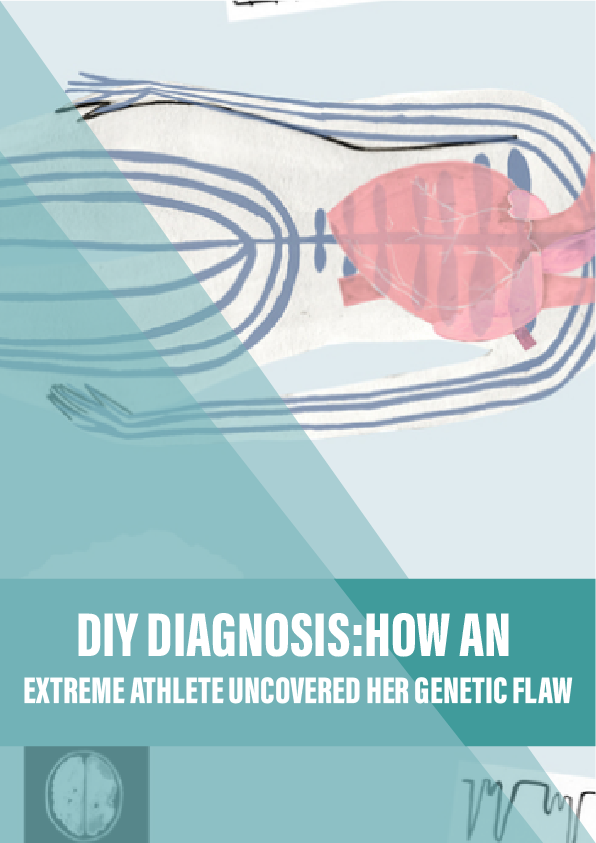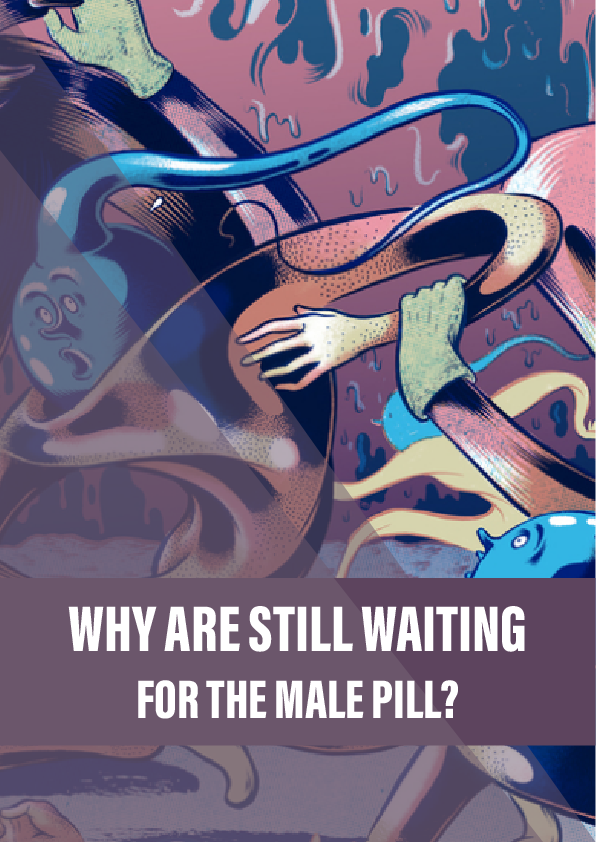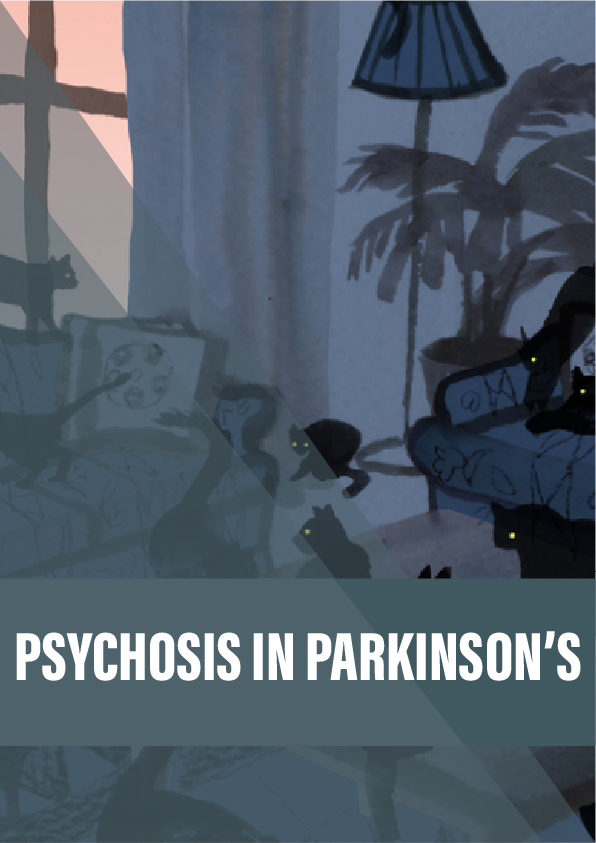When Kim Goodsell discovered that she had two extremely rare genetic diseases, she taught herself genetics to help find out why. Ed Yong tells her story.
Kim Goodsell was running along a mountain trail when her left ankle began turning inward, unbidden. A few weeks later she started having trouble lifting her feet properly near the end of her runs, and her toes would scuff the ground. Her back started to ache, and then her joints too.
This was in 2002, and Kim, then 44 years old, was already an accomplished endurance athlete. She cycled, ran, climbed and skied through the Rockies for hours every day, and was a veteran of Ironman triathlons. She’d always been the strong one in her family. When she was four, she would let her teenage uncles stand on her stomach as a party trick. In high school, she was an accomplished gymnast and an ardent cyclist. By college, she was running the equivalent of a half marathon on most days. It wasn’t that she was much of a competitor, exactly – passing someone in a race felt more deflating than energising. Mostly Kim just wanted to be moving.
So when her limbs started glitching, she did what high-level athletes do, what she had always done: she pushed through. But in the summer of 2010, years of gradually worsening symptoms gave way to weeks of spectacular collapse. Kim was about to head to Lake Superior with her husband, CB. They planned to camp, kayak, and disappear from the world for as long as they could catch enough fish to eat. But in the days before their scheduled departure, she could not grip a pen or a fork, much less a paddle. Kim, a woman for whom extreme sports were everyday pursuits, could no longer cope with everyday pursuits. Instead of a lakeside tent, she found herself at the Mayo Clinic in Rochester, Minnesota.
After four days of tests, Kim’s neurologist told her that she had Charcot–Marie–Tooth disease, a genetic disorder that affects the peripheral neurons carrying signals between the spinal cord and the extremities. It’s rare and carries a varying suite of symptoms, but Kim’s are typical, starting at the feet and heading upward. The neurologist explained that as her neurons died, the surviving cells picked up the slack by sprouting new branches – a workaround that masked the underlying degeneration until the rate of cell death outpaced the rate of compensation. Hence Kim’s crash.
Reference:
- A booklet by the British Heart Foundation that describes arrhythmogenic right ventricular cardiomyopathy (ARVC).
- An overview of Charcot–Marie–Tooth disease by the NHS.
- The 2012 paper by the team of British researchers who studied 108 people with ARVC and found that four had LMNA mutations.
- The 2008 study [PDF] in which non-specialist volunteers tried to diagnose 26 cases from the New England Journal of Medicine by Googling the symptoms.











